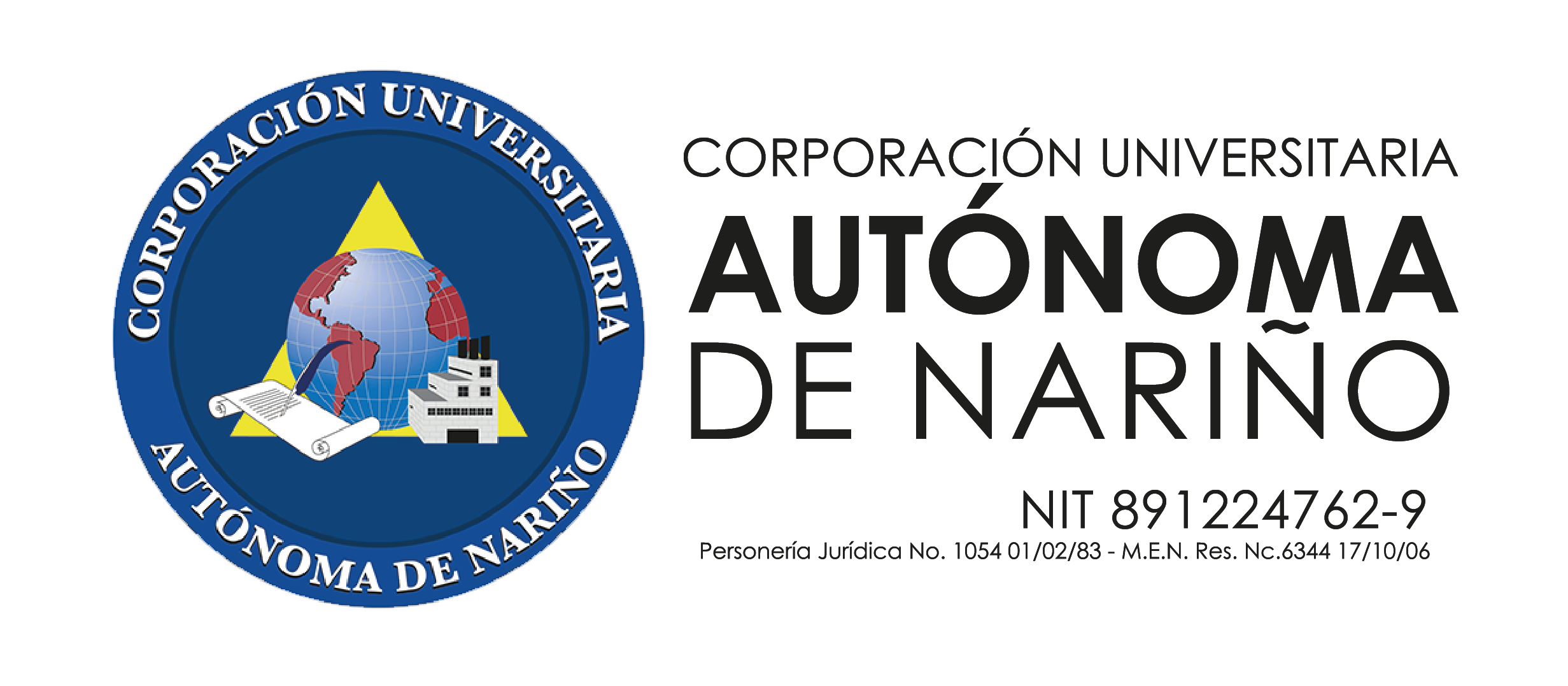Economic growth and its impact on the environment measured by the Kuznets curve. Ecuador, period 2010-2020
DOI:
https://doi.org/10.47666/summa.5.1.7Keywords:
economic growth, environmental Kuznets curve, environmental degradation, green economyAbstract
Economic activities have caused opposing harmful effects on the environment causing an ecological-economic disturbance, according to the environmental Kuznets curve hypothesis that explains the relationship between economic activity and environmental degradation. It has been more evident in developed countries, since they have a great industrialization, overexploitation and depletion of natural resources, the same that greatly influences environmental deterioration, however, in Latin America and Ecuador it does not contribute to such a large scale to pollution. The objective of the study is to analyze the incidence of economic growth on the environment in Ecuador during the period 2010-2020, through the use of the Kuznets curve for the evaluation of environmental policies. With a methodology to verify the validity of the hypothesis of the curve for the Ecuadorian case through descriptive results that will make statistical and econometric sense using a multiple linear regression model with the variables: GDP, CO2 and Energy Consumption (EC) per capita. The use of renewable energies partially contributes to the reduction of environmental degradation, despite the fact that CO2 emissions continue to increase over time, in addition to the application of environmental policies.
Downloads
References
Almeida, D. (2015). Crecimiento económico y medio ambiente: La Curva Ambiental de Kuznets para el Ecuador en el Periodo 1979-2010. Pontificia Universidad Católica del Ecuador, 114.
Atkinson, G., Dubourg, R., Hamilton, K., Munasinghe, M., Pearce, D., & Young, C. (1997). Measuring Sustainable Development: Macroeconomics and the Environment. Edward Elgar.
Basiago, A. (2015). Methods of defining ‘sustainability’. Sustain. Dev., 3(1), 109-119.
Blewitt, J. (2017). Understanding Sustainable Development. Earthscan.
Burkett, P. (2020). Marx and Nature: A Red and Green Perspective. St. Martin’s.
Chuan, G. (2017). Environmental impact of economic development in Peninsular Malaysia: a review. Appl. Geogr., 3-16.
Ekins, P. (2000). Economic growth and environmental sustainability: the prospects for green growth. Routledge.
Esteva, G. (2010). Development, in W. Sachs. The Development Dictionary. A Guide to Knowledge as Power. London & New Jersey: Zed Books.
Esteve, V., & Tamarit, C. (2012). Threshold cointegration and nonlinear adjustment between CO2 and income: the environmental Kuznets curve in Spain, 1857- 2007. Energy Economics, 2148-2156.
Gorssman, G. M., & Krueger, A. B. (1995). Economic growth and the environment. The quarterly journal of economics, 353-377.
Hanley, N., Shogren, J., & White, B. (2017). White, Environmental Economics in Theory and in Practice. Oxford University Press.
Hettne, B. (2019). Thinking About Development. London: Zed Books.
Isidro, V. (2019). Deuda y crecimiento: diferencias en países desarrollados y periféricos enfatizando el caso de México. SUMMA. Revista disciplinaria en ciencias económicas y sociales, 1(2), 10-27.
Jacobs, M. (2014). The limit to neoclassicism: towards an institutional environmental economics. London: Social Theory and the Global Environment.
Kong, Y., & Khan, R. (2019). To examine environmental pollution by economic growth and their impact in an environmental Kuznets curve (EKC) among developed and developing countries. PloS ONE, 1-23.
Mavraki, D., Sitara, A., & Loukatos, A. (2021). Environmental indicators: the case of Romania. HELECO.
Mawhinney, M. (2018). Sustainable Development. Understanding the Green Debates. Blackwell Science.
Mol, A. (2021). Globalization and Environmental Reform. MIT Press.
Panayotou, T. (2013). Economic growth and the environment, in: Economic Survey of Europe. Secretariat of the Economic Commission for Europe.
Panayotou, T. (2021). Economic growth and the environment. Economic Survey of Europe, 45-72.
Pearce, D. W. (2015). Environmental Economic. New York: Longman.
Pieterse, J. (2009). Development Theory. London: SAGE.
Pinzón, D., & González, C. (2018). Curva de Kuznets ambiental: evidencia empírica para Colombia 1971 - 2014.
Potter, R., Binns, T., Elliott, J., & Smith, D. (2018). Geographies of Development. An Introduction to Development Studies. New York: Pearson Education Limited.
Restrepo, C. F. (2004). Crecimiento económico y medio ambiente: una revisión analítica de la hipótesis de la curva ambiental de Kuznets. Semestre Económico.
Rist, G. (2008). The History of Development From Western Origins to Global Faith. London & New Jersey: Zed Books.
Rokos, D. (2003). From "Sustainable" to Worthliving Integrated Development. Athens, Greek: Livanis Publications.
Rokos, D. (2016). Environment and Development. Dialectical Relations and Interdisciplinary Approaches. Athens: Alternative Edition.
Rokos, S. (2010). The integrated development of mountainous areas in times of ‘crisis’. Seventeen years of the N.T.U.A. M.I.R.C. contribution, in: 6th Interdisciplinary Interuniversity Conference “The Integrated Development of Mountainous Areas”. Metsovo: National Technical University of Athens.
Romero, P., & Jesús, d. J. (2016). Economic growth and energy consumption: The Energy-Environmental Kuznets Curve for Latin America and the Caribbean. Renewable and Sustainable Energy Reviews.
Salazar, G. (2021). Apertura comercial, inversión doméstica y crecimiento económico en Ecuador. Investigación empírica 1950-2019. SUMMA. Revista disciplinaria en ciencias económicas y sociales, 3(2), 1-29. https://doi.org/10.47666/summa.3.2.29
Schumacher, E. (2000). Small Is Beautiful. Athens.
Smakhtin, V., Revenga, C., & Doell, P. (2018). Taking into Account Environmental Water Requirements in Global. Scale Water Resources Assessments.
Talmage, C. (2015). Development. Netherlands: Encyclopedia of Quality of Life and Well-Being Research, Springer Reference.
UN. (2019). The Millennium Goals Report.
Vlachou, A. (2016). Nature, Capital and Society. Athens: Kritiki Publishing.
WCED, W. C. (1987). Our Common Future. University Press.
World Bank, W. (2019). Global Monitoring Report. World Bank.
World Bank, W. (2020). World Development Report. World Bank.
WRI. (2020). Climate Analysis Indicators Tool. World Resource Institute.
WWF. (2019). Living Planet Report. World Wildlife Fund.








